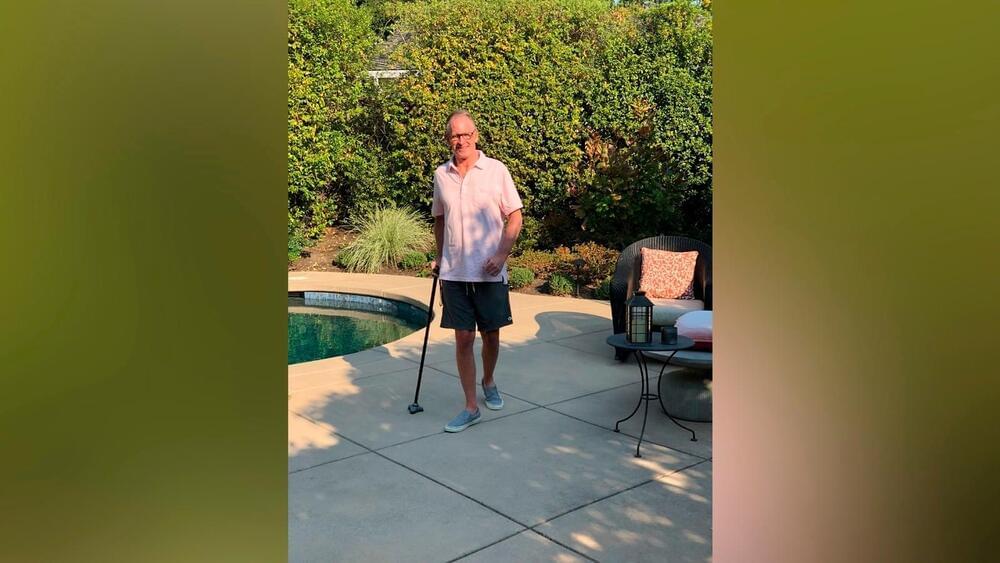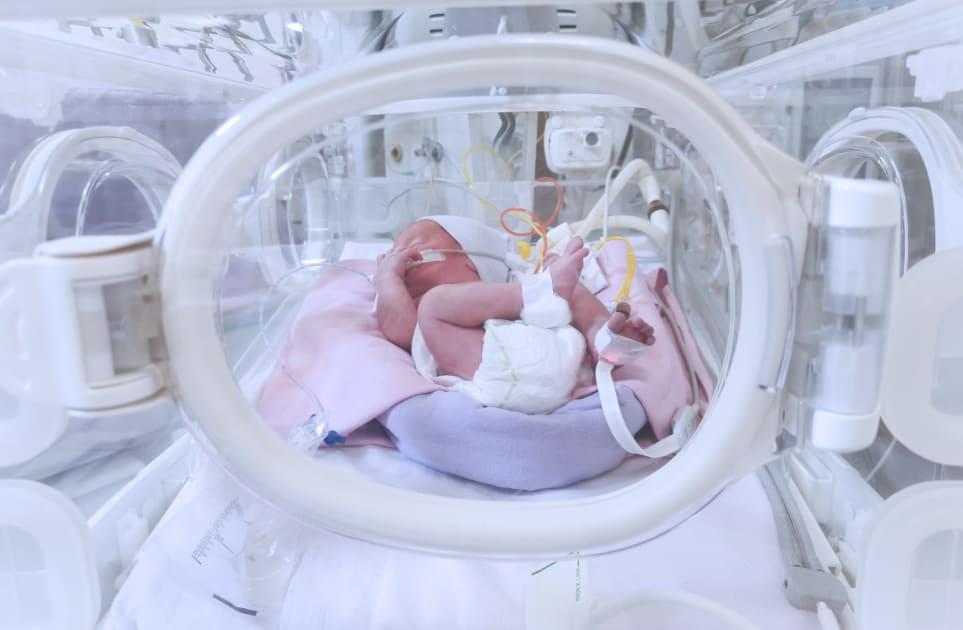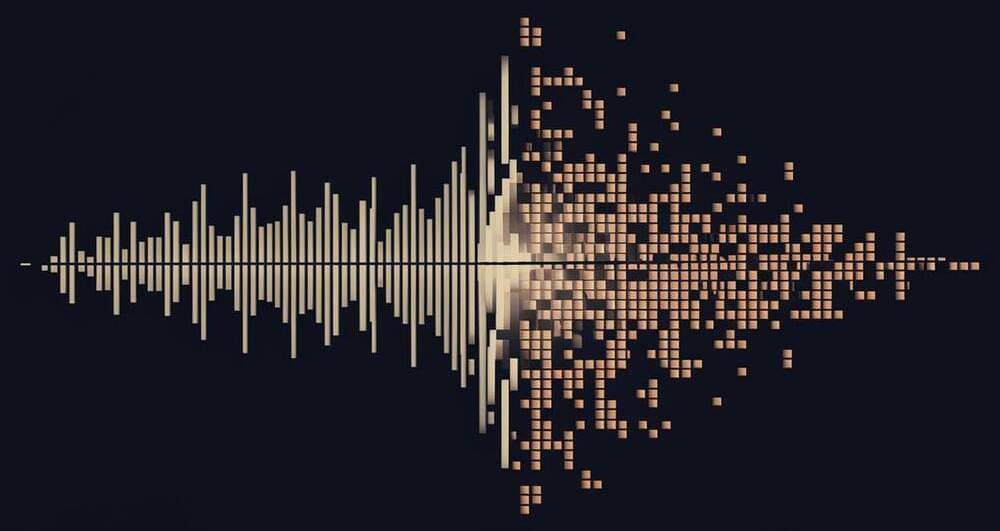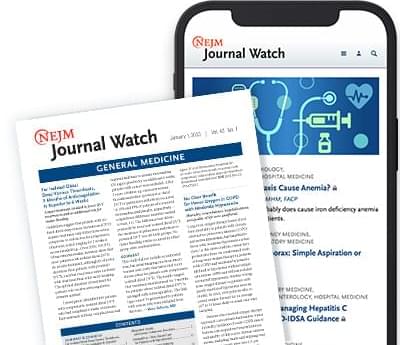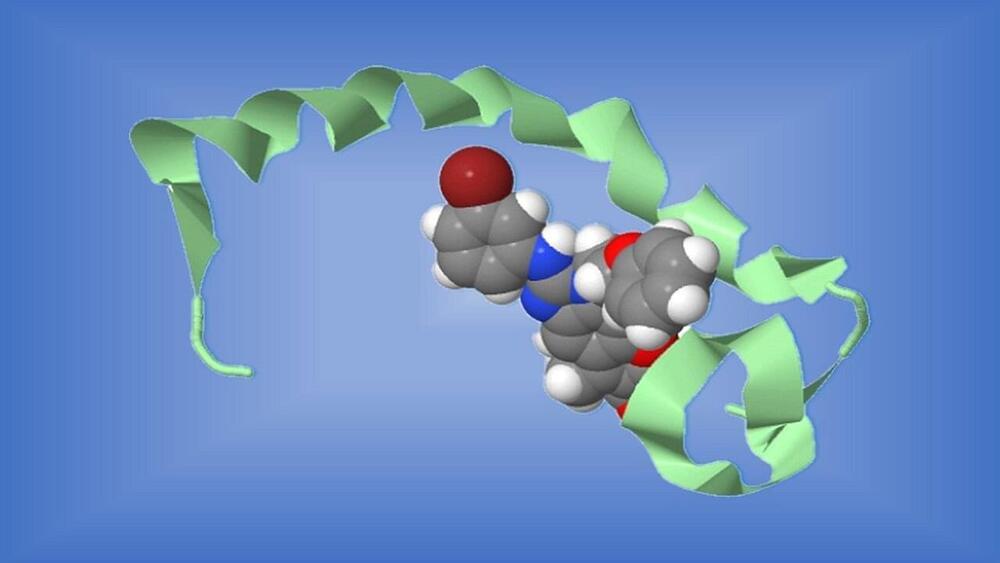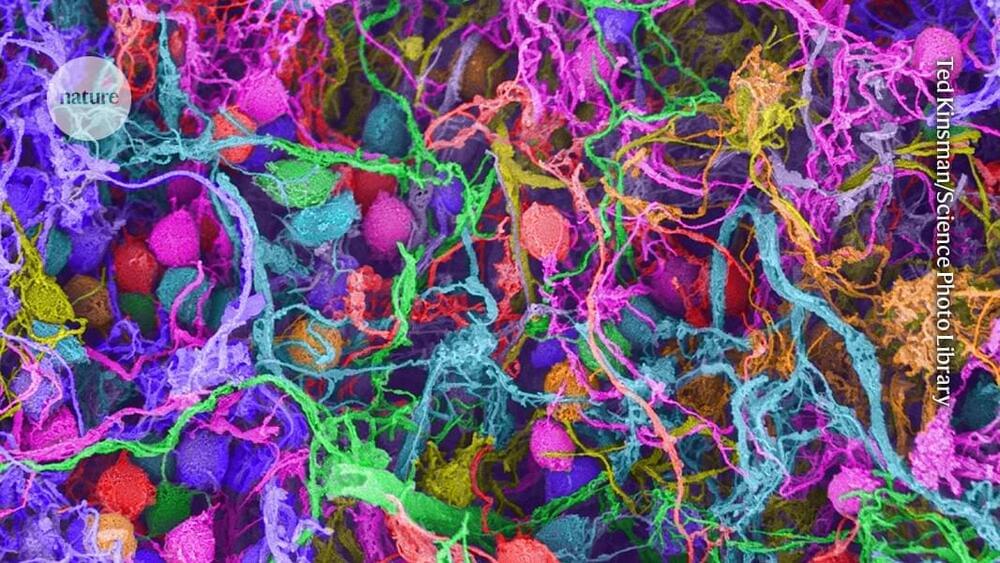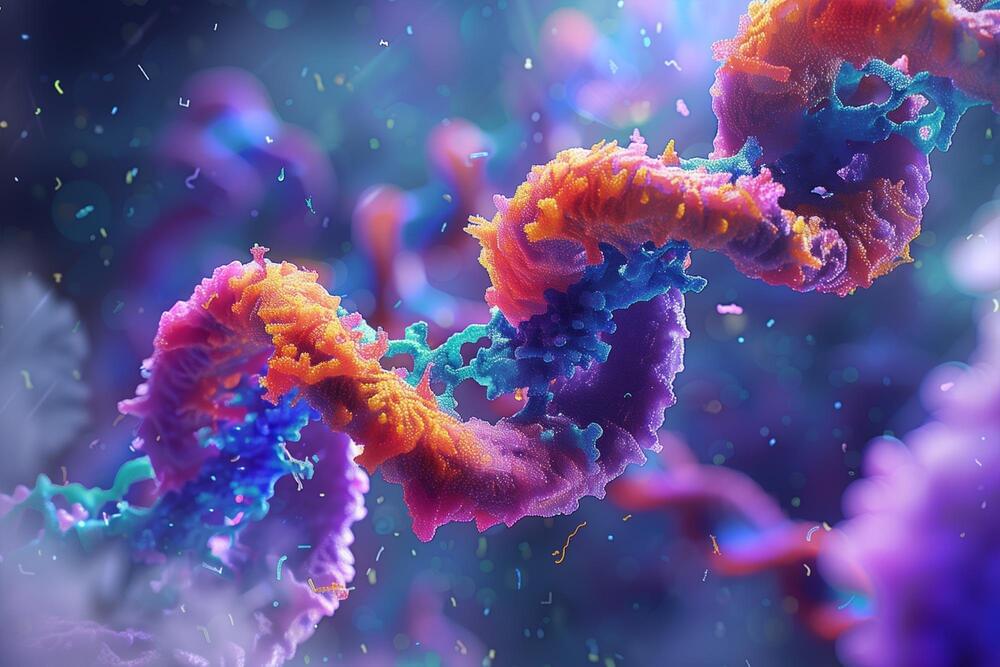Apr 1, 2024
Paralyzed man who can walk again shows potential benefit of stem cell therapy
Posted by Shubham Ghosh Roy in category: biotech/medical
A man who was paralyzed from the neck down after a surfing accident seven years ago is now able to stand and walk on his own, thanks in part to a potentially groundbreaking stem cell treatment.
Chris Barr was the very first patient in a Mayo Clinic study that collected stem cells from his own stomach fat, expanded them in a laboratory to 100 million cells and then injected the cells into Barr’s lumbar spine.
Over five years after undergoing the therapy, Barr said he is continuing to gain more independence and get faster at walking.
